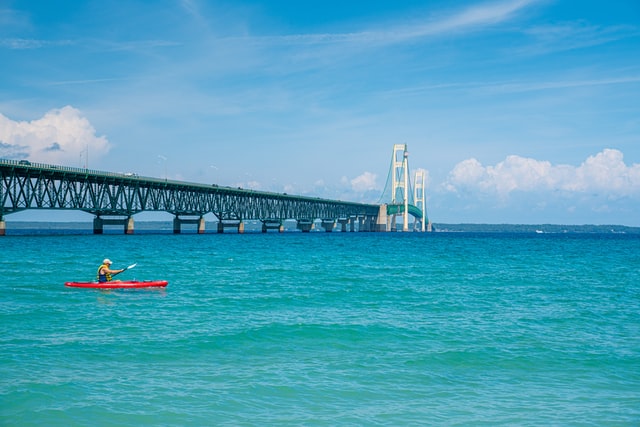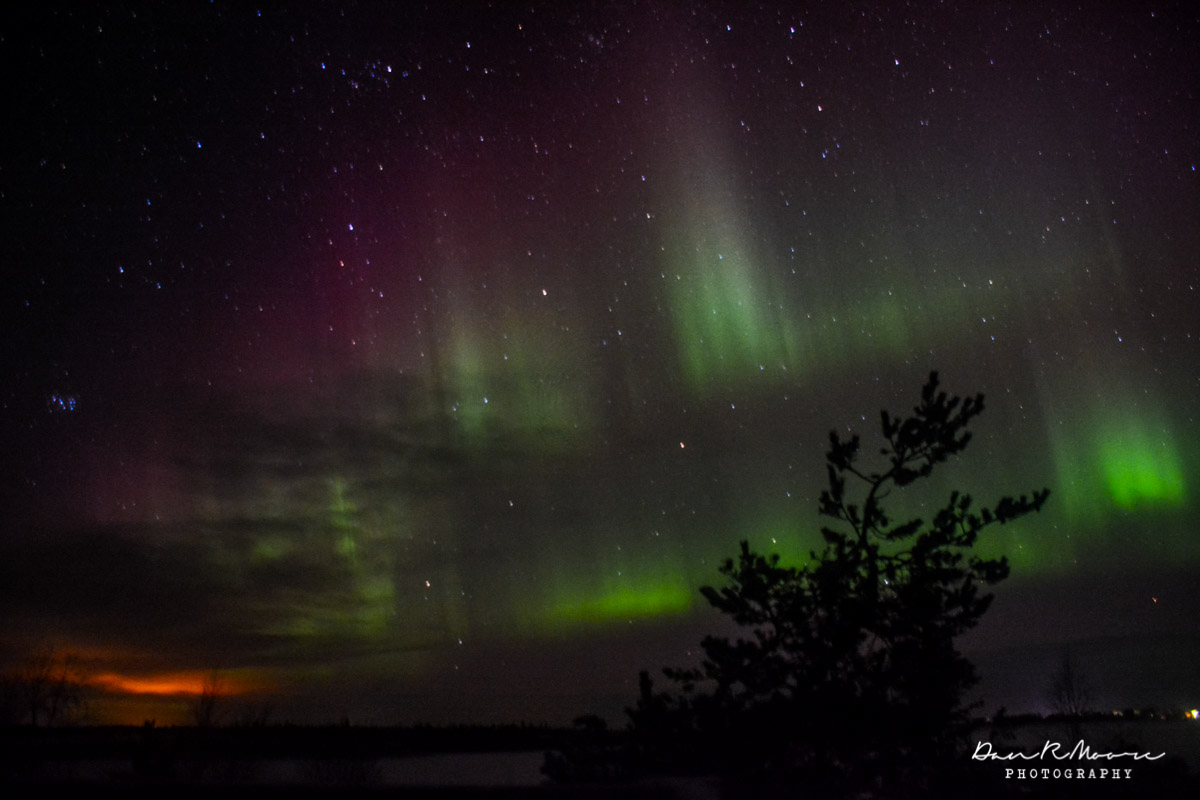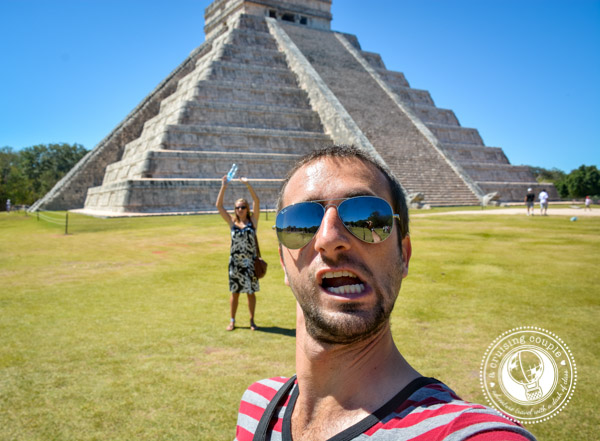
There is one state of the US that is most graced by inner waters, more specifically, by lakes. And we all know which one: the Great Lakes state. Michigan’s spectacular waterfronts are exploited to the maximum in a series of luxury hotels in the urban areas, from Niagara to Detroit. Much lesser known are the attractions of the wilder northern region.
Tribal governments run a new business alongside traditional pow-wows
Tourism development in Michigan has seen heavy investment on an additional, specialized forms of entertainment to enhance the value of hotels and resorts, as you can discover is you take a tour of bet-michigan.com and find out what gaming can offer to the curious traveller. In the early 1980s, the Tribes began to join in this business and today they independently run several of these establishments, most of them in the Upper Peninsula. A modern addition to the native culture of Native Americans. Don’t worry if you love pow-wows: there are still many, new business has not killed tradition. Set course for the North, and start your discovery adventure.
The third longest suspended bridge in the United States
Until 1957, Michigan was somewhat of a split territory. If you wanted to reach the Upper Peninsula, you needed to cross the Straits of Mackinac between the Huron and Michigan lakes by ferry. Unless you wanted to take an endless ride through Canadian territory to the east, or through Indiana and Winsconsin to the west. Today you can enjoy a breathtaking, 5-mile panoramic drive above the waters on the Mackinac Bridge. To date, it is still the longest suspension bridge with two towers between anchorages in the Western Hemisphere.
Yoopers vs. Trolls
Once you cross the waters you will find yourself in the territory of the Yoopers, or “Uppers”, the fascinating multiethnic mix that inhabits the Upper Peninsula. Among them you can find one of the highest concentrations of people of Finnish origin outside of Finland, as many as 15% of the 311.000-and-something inhabitants of the U.P. That is just 3% of the population of Michigan, in nearly a third of its territory. Among them you will also find a lot of descendants of other former immigrant groups: French Canadians, Swedish, Cornish, Italian. They moved in in colonial times when the rich natural resources of this territory attracted a lot of folks. The Yoopers regard Michiganders who live “under the bridge”, i.e. in the Lower Peninsula, as “Trolls”.
The former mining heart of the North
More than 200 years passed from the time a French explorer was the first European to set foot in Michigan, around 1620, till the discovery of large deposits of copper and iron ores on the Upper Peninsula. The mines there became the leading U.S. source of these ores by 1890. The Keweenaw Peninsula, protruding into Lake Superior, was the mecca of copper mining and supplied 90 percent of the U.S. production. “Copper Country” generated more mineral wealth than the California Gold Rush! In recent years, cheap Asian metals closed down most of the U.P. Mines and left behind a swath of ghost towns. And Keweenaw National Historical Park, a special attraction for the sophisticated traveller.
Cornish pasties and Finnish saunas
Mining left one more specific piece of cultural heritage to the Yoopers: the celebrated pasty. This savory meat and potato pie that you can eat all across the U.P. is a tradition brought there by the experienced Cornish miners that settled in the region to supervise the launch of the mining business. Finnish immigrants on the other hand felt at home in a place so rich in wild Northern nature: endless forests, countless lakes and waterfalls, long and harsh winters full of snow. They brought their sauna traditions with them. If you’re in for a “Scandinavian” experience, you can get it among the Yoopers next winter, with lots of snowshoeing, ice fishing, skijoring (a cross between cross-country skiing and dog sledding). And a hot sauna for a glorious end of the day.




Trolls live “below” the bridge. They become “fudgies” when they visit Mackinac Island.
I am a yopper. Most of us up here are inbred and jealous of the lower people.
I went up to Marquette age 16, stayed with my sister in Marquette a week. Also went up in winter for several days visited sister in Marquette. We went to a bar called “the Store” and we went to a sauna and brought a bottle of wine in with us. My sister said ” don’t touch your hair or it will break off” when we walked from the sauna to the car. Great memories! Also remember my bro in laws graduation ceremony up there at NMU, it was -14!!! That’s when I started drinking coffee black, cuz it would cool so fast in Styrofoam cup, didn’t want to put anything iny coffee! Your nose froze on inside soon as you went outside!
CORRECTIONS. “Among them you will also find a lot of descendants of other former immigrant groups: French Canadians, Swedish, Cornish, Italian. They moved in in colonial times when the rich natural resources of this territory attracted a lot of folks.” EXCEPT FOR FURTRAPPERS, THEY DID NOT MOVE IN IN COLONIAL TIMES BUT ABOUT 200 YEARS AFTER THE REVOLUTION. “They brought their sauna traditions with them. If you’re in for a “Scandinavian” experience, you can get it among the Yoopers next winter, with lots of snowshoeing, ice fishing, skijoring (a cross between cross-country skiing and dog sledding). And a hot sauna for a glorious end of the day.” FINNS ARE NOT SCANDINAVIANS – NORWEGIANS, SWEDES AND DANES ARE SCANDANAVIAN. THE FINNISH LANGUAGE IS MOST LIKE HUNGARIAN.
i knew all of these before 10 months ago. poor choice of headlines
Where are the five things I didn’t know about the UP?
Woodland indians were mining Cooper in the UP and shipping it to Europe as far back a BC
We love the UP and all the people we have met up there. The food is great, the scenery to us is wonderful. We have traveled out by motor cycle and pickups stayed in our camper and motels, no problems and the like I said the people are great.
You want to mention the picking of wild strawberries, thimble berries , and blue berries. Also, swimming in the big lake ( Lake Superior) compared to the warmer inland lakes. My parents were born in the UP . Their parents were immigrants from Finland(Suomi)
Yeah I’ve lived in the upper peninsula most of my life. I cannot recall one time the word UPPERS. Plus you forgot illinois to get to Wisconsin to get to da YOOP eh.
I am an 80-year-old native Yooper. I have NEVER heard Yoopers referred to as UPPERS except when reading something about the UP on Google.
Fajrly accurate but mining continues in Upper MI for iron ore, nickel and copper. Cleveland Cliffs, Lundin and other companies have active mines and development projects. The copper boom ran out of high grade ore that was economical to mine underground decades ago and the iron ore mining switched to open pit mining and concentration pellet plants as the high grade underground mines of Negaunee and Ishpeming were pretty well used up for WWII. The exception being the mighty Mather B which lasted til the end of the 70s.
Wisconsin & illinois are to the West…and a tiny drive through Indiana.
I agree with the one poster about being jealous of the lower. What is the obsession with us yoppers being so wildly jealous of the lower Michigan??